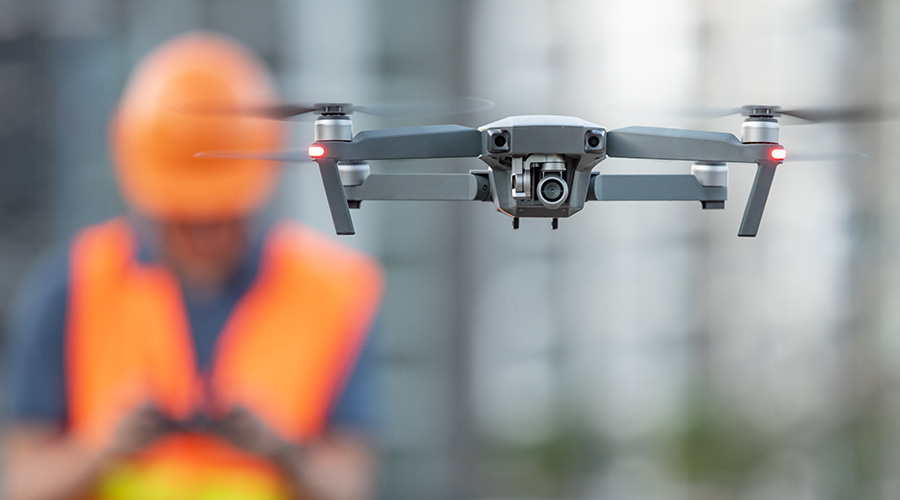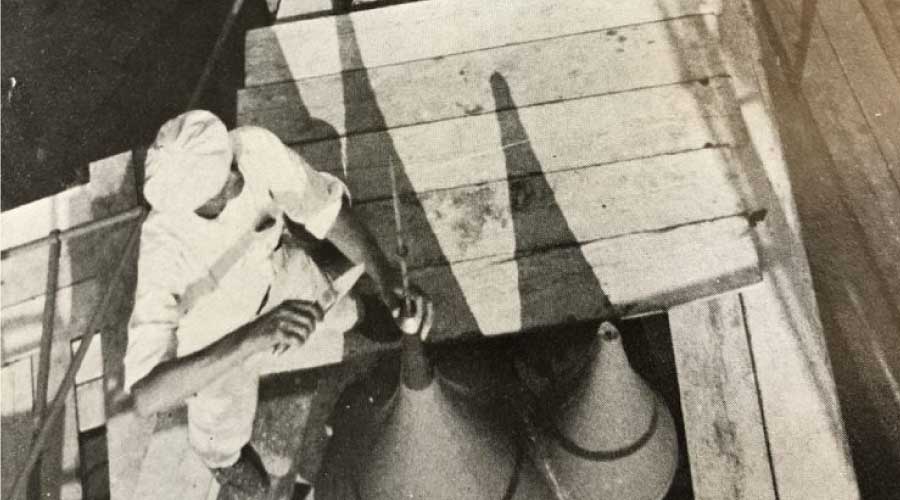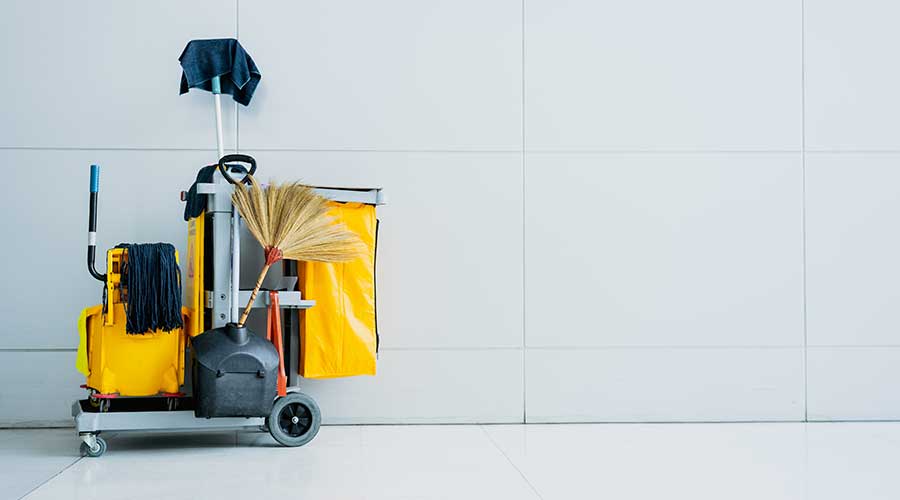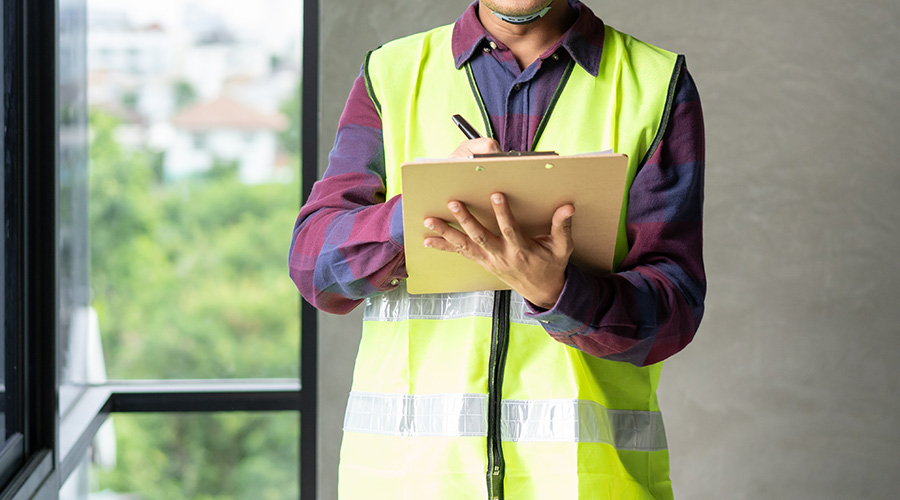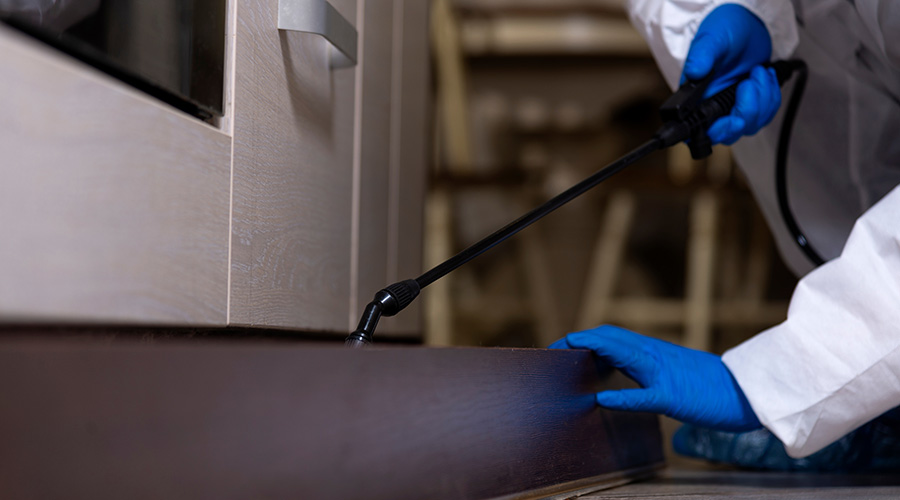Working With a Drone Contractor
If using drones for inspections, most maintenance departments will hire a contractor. Make sure the third-party understands the goals
While a small but growing number of facilities own drones, most managers still contract with a drone services provider to plan and operate the unit. Given the increasingly complex nature of drones, it is more important than even for managers to get answers to important questions before signing a contract with a provider.
"What we do need to do is complete due diligence of the contractor,” Malhotra says. “We all know that drones typically require FAA clearance, and drone pilots need to be certified and accredited to fly the drones. You want to be compliant, so you would do a due diligence on the contractor to understand what the compliance record is and what the turnaround time is to get those clearances.”
Wagoner advises managers to take a close look at the provider’s staff.
"It is important to ask your service if they have the professionals on staff, whether it be a LIDAR scan or a thermal scan, to perform the specific types of scans that you're looking for,” he says. “Do they have the professionals on staff to be able to utilize and read the data from the sensor packages that you'll be deploying? That is critically important.”
He also emphasizes the need for safety checks on providers.
“The (provider’s) safety record is critically important, possibly the most critical,” he says. “If there are FAA violations, they're required to disclose that by their certification. For a facility, if you've hired a company that has multiple violations, that can be a real problem if something were to go awry during the sensor sweeps.”
Making drones work
The process of planning to use a drone to perform facility inspections is not complete until the provider understands exactly what the manager hopes to achieve with the process. For example, managers need to communicate clearly with the provider early in the process about inspection specifics to ensure the project's success.
"While this technology has been around for the past five, seven years, it is still relatively new in the larger scheme of things,” Malhotra says. “Determining what the inspection outcome is and defining the scope clearly is very, very important. If I'm a facility manager, I would want to determine what is the outcome that I'm hoping to achieve with the inspection, and therefore defining the scope clearly for the contractor is something that we must do.”
Wagoner advises managers to avoid the “report by exception” report from drone service providers.
"The report by exception is a report where you only get the data if they see an exception as they fly over," he says. “It’s a few less dollars, but it is always better if you get a full report that includes all thermal and visual data. That way you can create a baseline for your building that future flights or future testing that is done can use that initial baseline to see if there are negative changes to your building.
Weather also needs to be a consideration in planning drone inspections.
“Consider areas that have high-wind expectancies,” Wagoner says. “Those are areas where you need to set aside multiple days to potentially do your scans because in extremely high winds, inclement weather drones do not do well, and if you try to force them to do their job in poor weather, it's going to be a poor result that you get back.”
Finally, while drones offer managers and their organizations a range of potential benefits, Wagoner advises them to take a step back before signing a contract to assess whether a drone is the most effective option based on their need for facility information.
“Managers have to think about this ahead of time: Is bringing in a drone the best methodology for finding this data?” he says. “For instance, if it's a small area, a ground-penetrating radar might be a better way to go. But if it’s large areas that you're overflying or difficult-to-access areas, definitely the drone is important. You need to make sure that you don’t overuse a tool or use it outside of its capabilities.”
Dan Hounsell is senior editor for the facilities market. He has more than 30 years of experience writing about facilities maintenance, engineering and management.
Related Topics:








